Disclosure: This article contains affiliate links. We may earn a commission from purchases at no extra cost to you, which helps our travel content.
When most Americans think of South Korea, their minds immediately jump to K-Pop, high-tech cities, and perhaps kimchi. But just as a smart investment portfolio needs diversification, so too does your cultural experience in this fascinating country. Last fall, I spent a week in Busan – South Korea's second-largest city – and discovered a world where ancient traditions thrive alongside modern innovations. Let me share how to experience the depth of Korean culture that most tourists never see.
Finding Spiritual Balance at Beomeosa Temple
My Busan journey began with a temple stay at Beomeosa, a 1,300-year-old Buddhist sanctuary nestled in the mountains north of the city. Unlike the quick temple visits most tourists make, a temple stay immerses you in the daily rhythms of Korean Buddhist life.
I arrived with my travel meditation cushion (a game-changer for these experiences) just before the afternoon meditation session. The monks welcomed me with surprising warmth, providing simple cotton robes that would be my uniform for the next 24 hours.
The 4:30 AM wake-up call came via wooden percussion instruments echoing through the complex – no gentle smartphone alarms here. Pre-dawn meditation in the main hall, surrounded by intricate paintings of Buddhist cosmology, created a profound stillness I rarely experience in my financial planning office back in Austin.
The communal meals follow Buddhist temple cuisine principles – completely vegetarian, with an emphasis on mindful eating. No word is spoken during meals; instead, you focus entirely on appreciating each bite and leaving no waste – a philosophy that would benefit many of our consumption habits back home.
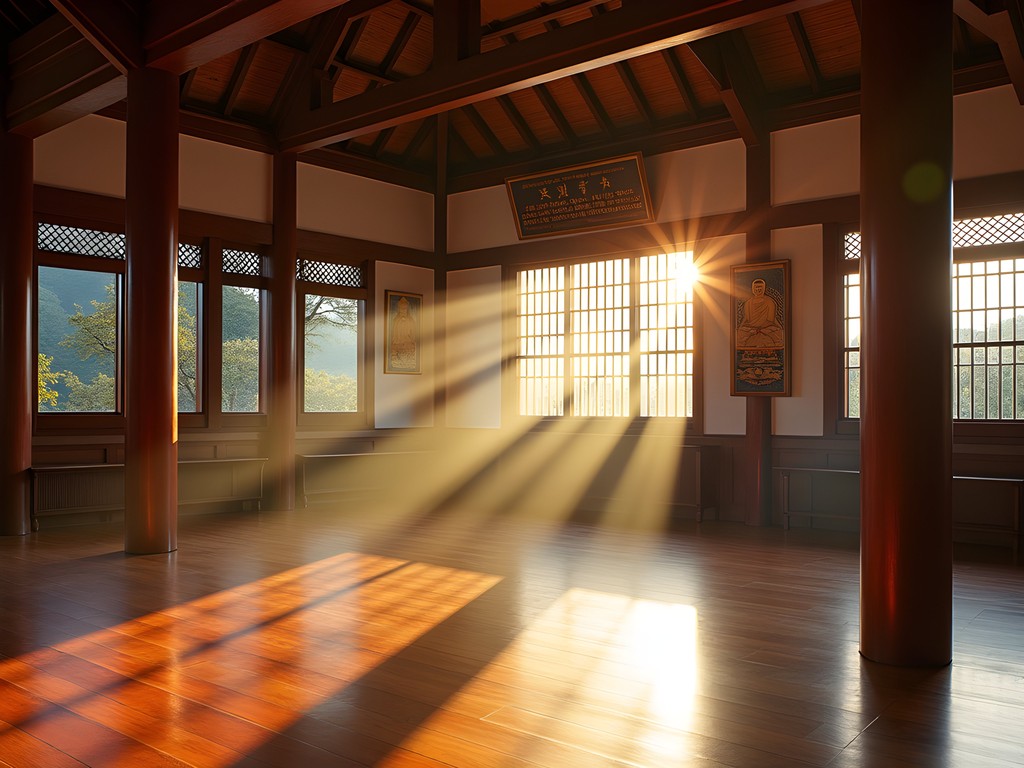
💡 Pro Tips
- Book your temple stay at least two weeks in advance through the Templestay website
- Pack slip-on shoes as you'll be removing them frequently
- Bring warm layers for fall evenings – mountain temperatures drop significantly after sunset
Tea Culture: The Korean Art of Mindful Drinking
Baseball has its seventh-inning stretch, and Korean culture has its tea ceremonies – both offering a moment of pause in our hurried lives. In Busan, I discovered that Korean tea culture rivals Japan's in its depth and mindfulness.
My recommendation is to visit Daehan Dawon Tea House near Busan Tower. Here, I participated in a traditional Korean tea ceremony led by a tea master who has practiced this art for over 40 years. The ceremony involves specific hand movements, precise water temperatures, and an appreciation for the subtle flavor profiles that develop with each steeping.
The tea master first introduced me to sejak (세작), a delicate green tea harvested in late April. Using my travel tea thermometer, I noted the precise 175°F water temperature needed to avoid bitterness. The ceremony unfolded with the deliberate pace of compound interest – slow, methodical, but ultimately rewarding.
For couples visiting Busan, this shared experience creates a meaningful connection point. There's something intimate about sitting in silence together, focusing on the same sensory experience, that builds understanding beyond words. My fellow travelers – a couple celebrating their 30th anniversary – mentioned it was one of their most meaningful experiences in Korea.

💡 Pro Tips
- Make reservations for tea ceremonies at least 3 days in advance
- Try both green tea and traditional medicinal teas like ginseng or jujube
- Purchase some loose-leaf tea to take home – it makes both a great souvenir and gift
Hands-On Cultural Workshops: From Pottery to Kimchi
If you're like me, you learn best by doing. Busan offers numerous hands-on cultural workshops where you can try traditional Korean crafts and culinary arts.
At the Busan Cultural Center, I joined a hanji (traditional Korean paper) workshop. Using mulberry bark paper, I created a small lamp that now sits proudly on my desk back home. The instructor explained that hanji is so durable that some 1,000-year-old documents written on it remain perfectly preserved – a testament to Korean craftsmanship.
For culinary enthusiasts, kimchi-making workshops provide insight into Korea's most famous food preservation technique. At Gijang Market, a grandmother with 60 years of kimchi-making experience taught our small group her family recipe. I brought my fermentation kit which allowed me to start my batch during the class and continue the fermentation process back at my accommodation.
Perhaps my favorite workshop was learning the basics of Korean traditional drumming (samulnori). As a rhythm-challenged financial advisor, I was initially hesitant, but the instructor at the Busan National Gugak Center was patient and encouraging. By the end of the two-hour session, our group of strangers had formed a surprisingly cohesive percussion ensemble – proving it's never too late to develop new skills.
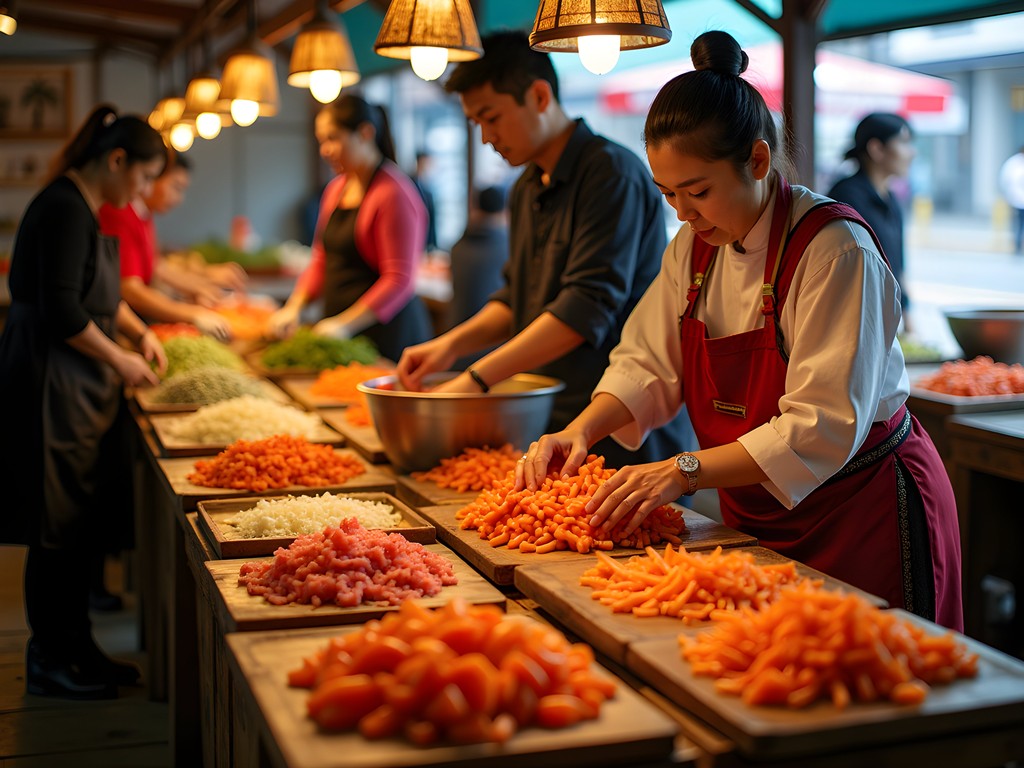
💡 Pro Tips
- Book workshops through Visit Busan website for English language options
- Many workshops can accommodate couples with advance notice
- Wear comfortable clothes you don't mind getting dirty for hands-on activities
Jagalchi Fish Market: Where Tradition Meets Daily Life
No cultural immersion in Busan would be complete without experiencing Jagalchi Fish Market – Korea's largest seafood market and a living museum of coastal traditions. Unlike the sanitized tourist experiences you'll find elsewhere, Jagalchi represents authentic daily life for Busan's residents.
I arrived at 5:30 AM with my insulated market tote (essential for any serious food market exploration) to witness the morning auction. The scene was pure controlled chaos – weathered fishermen and fierce female vendors (many in their 70s and 80s) haggling over the day's catch with the intensity of Wall Street traders.
What struck me most were the haenyeo – female free divers who continue the centuries-old tradition of harvesting seafood without oxygen tanks. These remarkable women, many well into their senior years, can hold their breath for over two minutes while diving in cold waters. When I expressed my admiration to one diver in her 70s, she laughed and said through my translation app, 'You think that's impressive? I raised five children too!'
The second floor houses small restaurants where you can select fresh seafood from the market below and have it prepared on the spot. My recommendation: the raw fish bibimbap, a Busan specialty that combines the city's famous fresh seafood with Korea's iconic mixed rice dish. Come hungry and with an open mind – this is as authentic as Korean cuisine gets.
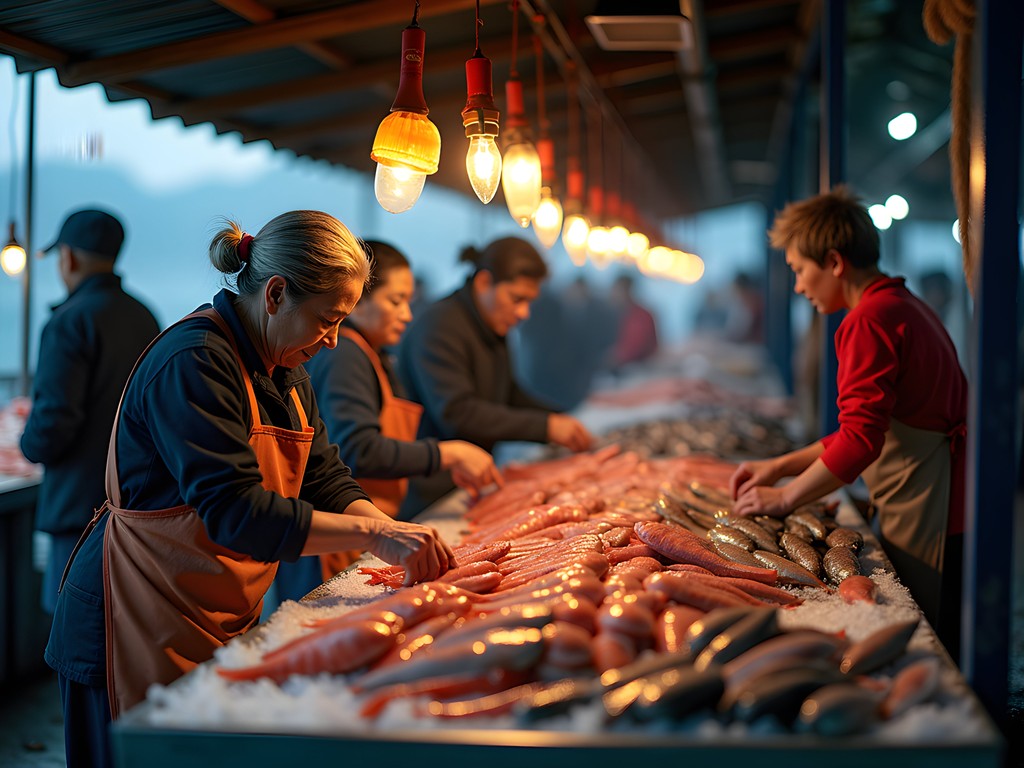
💡 Pro Tips
- Visit between 5-7 AM to see the most authentic market action
- Bring cash as many vendors don't accept cards
- Use a translation app to communicate with vendors – most speak limited English but appreciate the effort
Traditional Korean Baseball: A Cultural Fusion
As a lifelong baseball enthusiast, I couldn't visit Busan without catching a Lotte Giants game at Sajik Stadium. While baseball might seem distinctly American, the Korean approach to the game offers fascinating cultural insights.
Unlike the sometimes subdued atmosphere of American ballparks, Korean baseball games are constant festivals of organized cheering, complete with team-specific songs and synchronized movements. I brought my compact stadium seat (a must for the hard plastic seats) and settled in for what would be one of the most entertaining sporting events I've ever witnessed.
The real cultural experience happens in the outfield seating sections, where dedicated fan clubs lead elaborate cheers for the entire game. A friendly local taught me the basics of the Giants' cheering routines, and by the 7th inning, I was fully participating in the plastic bag hat tradition – where fans wear orange plastic bags on their heads and wave them in unison during rally chants.
The food options reveal a fascinating cultural fusion. Alongside hot dogs and beer, vendors sell dried squid, kimchi, and makgeolli (rice wine) – a perfect metaphor for how Korea has adapted foreign influences while maintaining its cultural identity. For couples, the shared excitement of the game creates natural bonding moments, even if you're not typically sports fans.

💡 Pro Tips
- Purchase tickets in sections 123-125 for the full cheering experience
- Learn the basic team chants before attending (available on YouTube)
- Try the kimchi-topped hot dogs for a perfect Korean-American fusion snack
Final Thoughts
When planning your Busan itinerary, remember that the most meaningful travel experiences often come from stepping away from the tourist trail and into the authentic rhythms of local life. Like any good investment strategy, cultural immersion requires patience, research, and willingness to step outside your comfort zone – but the returns are immeasurable.
As a financial advisor, I've spent decades helping clients build wealth. But in my sixties, I've realized that our most valuable assets aren't found in our portfolios but in our experiences and perspectives. Busan offered me a perfect balance of accessibility and authenticity – ideal for couples seeking meaningful connections with both Korean culture and each other.
Whether you're meditating alongside Buddhist monks at dawn, mastering the art of kimchi fermentation, or joining thousands of baseball fans in synchronized cheers, Busan reveals that tradition isn't just preserved in museums – it's alive in the daily practices of its people. And that, my friends, is an investment in understanding that will continue paying dividends long after you return home.
✨ Key Takeaways
- Temple stays offer the most immersive spiritual experience but require advance planning
- Participatory workshops provide deeper cultural understanding than passive sightseeing
- Early morning market visits reveal authentic daily life rarely seen by tourists
- Korean baseball games showcase the perfect blend of tradition and modern entertainment
📋 Practical Information
Best Time to Visit
September-October (fall)
Budget Estimate
$100-150 per day per person (mid-range)
Recommended Duration
7 days
Difficulty Level
Moderate
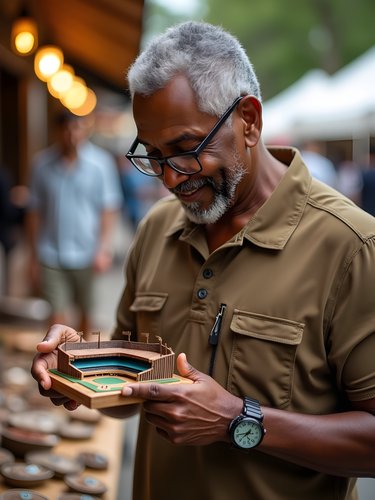
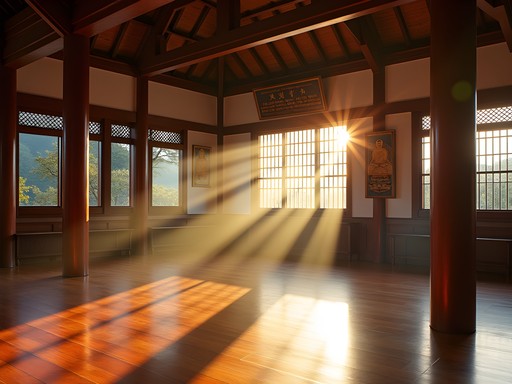






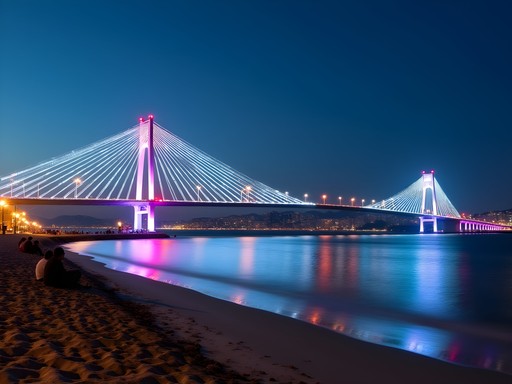
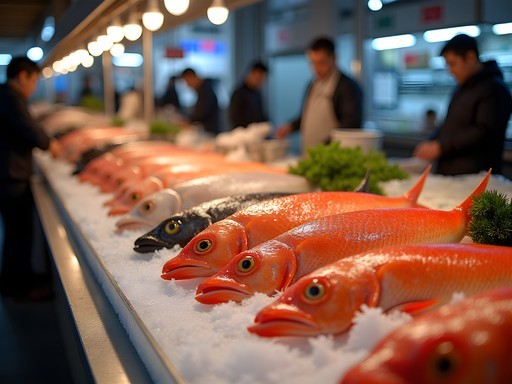
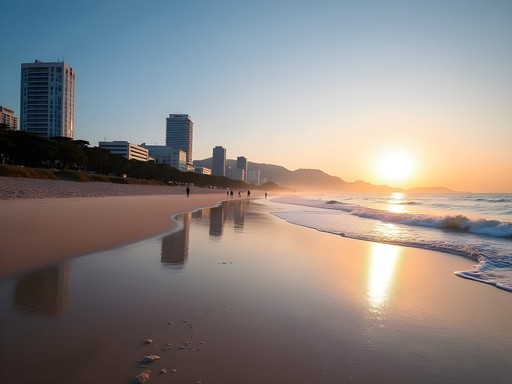





Comments
Bryce Diaz
Frank, this really takes me back! I did a temple stay at Beomeosa three years ago and it was transformative. The 4am wake-up for morning chanting nearly killed me, but watching the mist rise over those ancient tile roofs made it worth it. One tip for your readers: bring comfortable clothes that cover your knees and shoulders, and don't pack anything fancy. Also, the vegetarian temple food (temple cuisine) is an experience in itself - so mindful and delicious. Did you get to try the lotus tea ceremony? That was a highlight for me.
luckyone
How difficult is it to book these temple stays if you don't speak Korean? Been wanting to try this for years!
Bryce Diaz
Actually pretty easy! There's an official Templestay website with English booking. I used my Korea guidebook which had all the contact details too. Many temples have English-speaking monks or staff.
mountaintime2241
Finally a post about the traditional side of South Korea! The temple stay looks incredible.
Bryce Diaz
Right? I've been saying for years that Korea's traditional culture is severely underrated by Western travelers.
BackpackBuddy
Just got back from Busan last week and did the kimchi-making workshop you mentioned! Pro tip: wear clothes you don't mind getting red pepper paste on. My white shirt wasn't so white afterward! 😂
nomadguy
Haha thanks for the warning! Did you get to take your kimchi home with you?
BackpackBuddy
Yes! They package it up nicely. I couldn't bring it back to the US obviously, but enjoyed it during the rest of my stay in Korea. Hotel room had a distinctive smell after that though! 😅
Casey Andersson
Frank, your post captures the soul of Busan perfectly! I stayed at a luxury hotel in Haeundae Beach area last month, but my most cherished memories were from the day I spent at a traditional tea house near Beomeosa. The contrast between modern luxury and ancient traditions is what makes South Korea so fascinating. The elderly woman who ran the tea house couldn't speak English, but she spent an hour showing me her collection of celadon pottery and explaining (through gestures and my terrible Korean phrases) how each tea should be brewed differently. Sometimes the language barrier actually enhances these cultural exchanges - forces you to connect on a more intuitive level. Did you visit any of the traditional hanok villages outside the city?
Frank Watson
Thanks Casey! I did visit Gamcheon Culture Village which has those traditional elements mixed with modern art installations. Fascinating place! Your tea house experience sounds incredible - those unplanned authentic encounters are always the highlight.
freeadventurer
Just got back from Busan and followed your advice about the kimchi workshop!! It was AMAZING! The instructor was so patient with us and now I'm obsessed with fermenting everything at home. My husband thinks I've gone crazy with all the jars in our fridge lol. Thanks for the recommendation!!!
nomadrider
Been to Seoul twice but never Busan. Need to fix that!
happynomad
Just got back from Busan and followed your advice about the kimchi-making workshop! It was such a highlight of our trip. The grandmother who taught the class didn't speak much English but her daughter translated, and we learned so much about the cultural significance beyond just the recipe. We even got to take our kimchi home in special containers. The fish market was incredible too - so much more authentic than the touristy markets in Seoul.
Frank Watson
That sounds amazing! Did you try the raw fish at Jagalchi? It's so fresh it barely needs any seasoning.
happynomad
Yes! We had the most incredible hoe (raw fish) right there at one of the tiny restaurants upstairs. Definitely not something I would've been brave enough to try without your blog post!
Mason Sullivan
Frank, your post brought back so many memories of my time in Busan! I spent three weeks there in 2024 specifically exploring the traditional side of the city. One experience I'd add to your excellent list is the Gijang Anchovy Festival (usually held in late April) - it's where I learned how integral these tiny fish are to Korean cuisine. The locals taught me how to dry and prepare them properly, and I still use those techniques at home. For anyone heading to Beomeosa Temple, try to time your visit with one of their lantern-making workshops. I created a beautiful paper lantern with traditional designs that now hangs in my apartment - a perfect souvenir that tells a story. The monk who led our session explained that each color and pattern holds symbolic meaning in Buddhism. The contrast between Busan's ultra-modern cityscape and these pockets of tradition is what makes it so special. Thanks for highlighting the cultural side that often gets overshadowed by K-pop and technology!
journeyace7773
Mason, the lantern workshop sounds AMAZING! Adding that to my list immediately. How far in advance did you book it?
Mason Sullivan
I actually just showed up and got lucky! But I'd recommend booking 2-3 days ahead during peak season (summer months). The temple office has email contact on their website.
winterlover
Omg the fish market photos!!! 😍 Adding this to my bucket list right now!
Frank Carter
I did a temple stay at Beomeosa last year and it was transformative! The 4am morning chanting ceremony was challenging but so worth it. One tip I'd add - bring your own toiletries as they only provide the basics. Also, the tea ceremony workshop there is incredible. The monk who taught us had been practicing for 30 years and explained how each movement connects to Buddhist principles. I still use my tea set I bought there almost daily as a reminder to slow down and be mindful.
happynomad
Did you find it hard to follow the temple rules? I'm interested but worried about accidentally being disrespectful.
Frank Carter
Not at all! They're very understanding with foreigners. They give you a detailed orientation and are patient if you make small mistakes. Just approach it with respect and you'll be fine.
Venture X
Premium card with 2X miles, $300 travel credit, Priority Pass